The tale of Bluebeard’s key is one of those eerie, lingering stories that refuses to fade from collective memory. Rooted in folklore and popularized by Charles Perrault’s 17th-century fairy tale, the narrative revolves around a wealthy nobleman with a blue beard and a sinister secret. His young bride is given a set of keys to every room in his castle, with one strict prohibition: she must never unlock the door to a particular chamber. Of course, curiosity prevails, and the moment she turns that forbidden key, she discovers the horrifying truth—the room is filled with the remains of Bluebeard’s former wives. The key, stained with blood that cannot be washed away, becomes the damning evidence of her disobedience.
What makes this story so compelling isn’t just its macabre twist but the symbolism embedded in that key. It’s a metaphor for forbidden knowledge, the consequences of curiosity, and the irreversible nature of certain actions. The blood on the key is a brilliant narrative device—it’s not just a physical stain but a psychological one. Once the wife learns the truth, there’s no unlearning it. The key, once turned, can never be unturned. This duality of the key as both an object of power and a harbinger of doom is what gives the tale its enduring resonance.
Modern interpretations of Bluebeard’s key have expanded far beyond its folkloric origins. Feminist readings, for instance, dissect the story as a cautionary tale about patriarchal control and the dangers women face when they dare to seek autonomy. The key becomes a symbol of agency—the wife’s decision to unlock the door is an act of defiance, even if it leads to her peril. In this light, the bloodied key isn’t just a mark of shame but a badge of rebellion. It’s a reminder that knowledge, however dangerous, is a form of power.
Psychologists, too, have latched onto the symbolism of Bluebeard’s key. It’s been used to discuss the human fascination with the forbidden and the subconscious urge to confront what we’re told to avoid. The locked room represents the repressed, the hidden traumas or desires we’re afraid to face. The key, then, is the catalyst for self-discovery, even if the revelation is terrifying. This interpretation transforms the tale from a simple horror story into a profound exploration of the human psyche.
Art and literature have repeatedly revisited the motif of the blood-stained key. From Angela Carter’s feminist reimagining in The Bloody Chamber to contemporary horror films that play on the theme of forbidden rooms, the key remains a potent symbol. Its allure lies in its simplicity—a mundane object charged with monumental significance. Every time it appears in a new context, it brings with it layers of meaning, inviting audiences to project their own fears and fascinations onto it.
Interestingly, the key also serves as a narrative device that bridges the gap between fairy tale and reality. In a world where secrets are currency, the idea of a literal key to hidden truths feels both archaic and eerily relevant. Think of whistleblowers uncovering classified information or individuals stumbling upon family secrets—the dynamic is strikingly similar. The blood may not be literal, but the consequences of revelation often are. Bluebeard’s key, in this sense, is a timeless metaphor for the price of truth.
The story’s adaptability is another reason for its longevity. It’s been retold in countless forms—operas, ballets, novels, even video games—each iteration tweaking the symbolism of the key to fit new contexts. Sometimes it’s a literal key; other times, it’s a password, a document, or a memory. The core idea, however, remains unchanged: some doors, once opened, cannot be closed again. The key is both the means and the warning.
Ultimately, Bluebeard’s key endures because it speaks to something primal in us. It’s not just about the fear of what lies behind the door but the irresistible pull to find out. The key represents the duality of human nature—our simultaneous yearning for and terror of the unknown. Whether as a folkloric artifact or a modern metaphor, it continues to unlock new interpretations, proving that some stories, like some doors, are meant to be revisited.

By Eric Ward/Apr 29, 2025
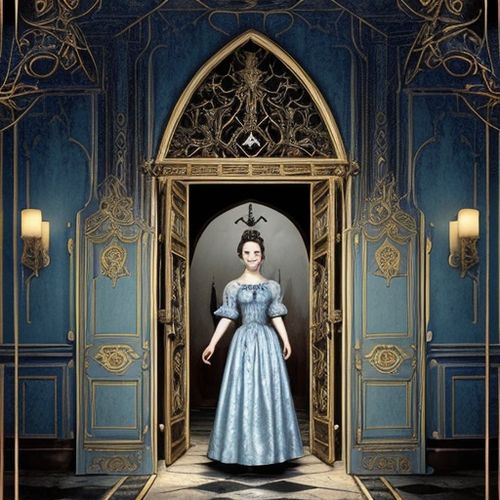
By James Moore/Apr 29, 2025
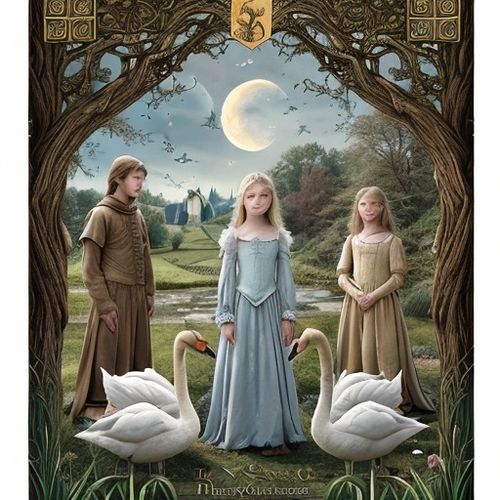
By David Anderson/Apr 29, 2025

By James Moore/Apr 29, 2025

By Lily Simpson/Apr 29, 2025

By David Anderson/Apr 29, 2025

By Christopher Harris/Apr 29, 2025

By Noah Bell/Apr 29, 2025

By Thomas Roberts/Apr 29, 2025
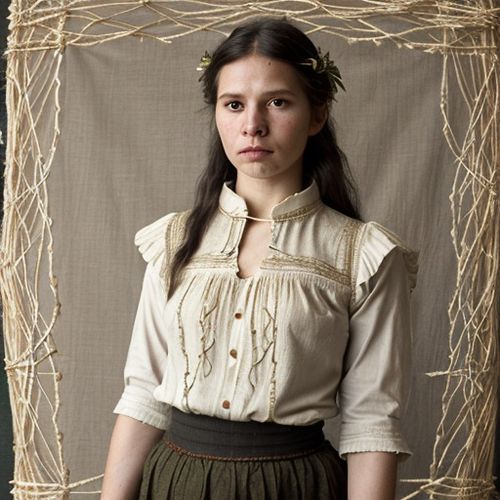
By Olivia Reed/Apr 29, 2025
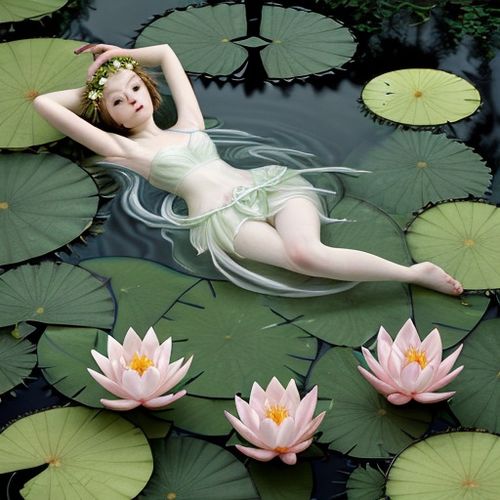
By Victoria Gonzalez/Apr 29, 2025
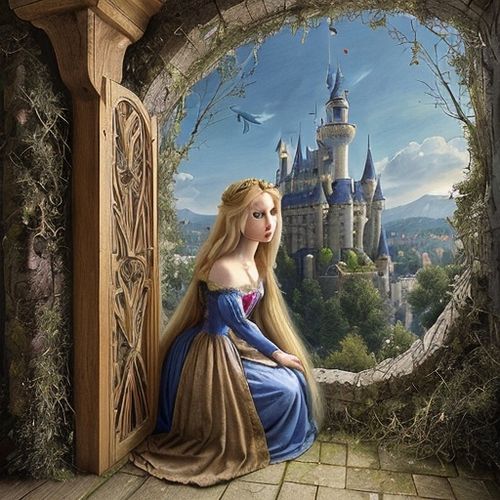
By Natalie Campbell/Apr 29, 2025

By Noah Bell/Apr 29, 2025

By Sarah Davis/Apr 29, 2025
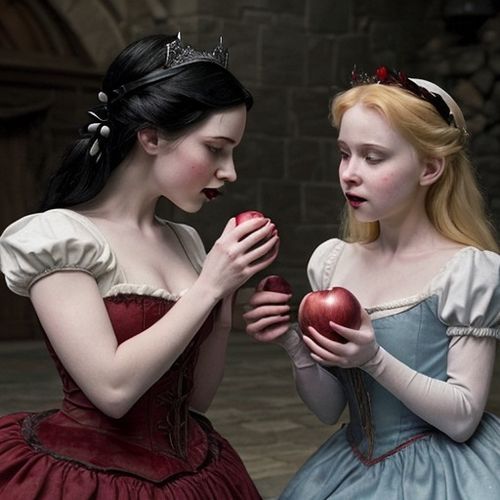
By John Smith/Apr 29, 2025
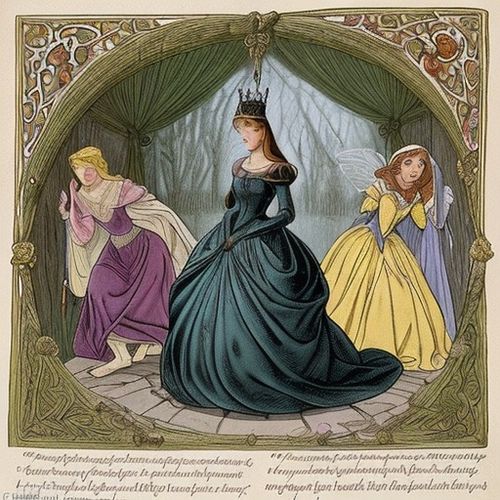
By Laura Wilson/Apr 29, 2025
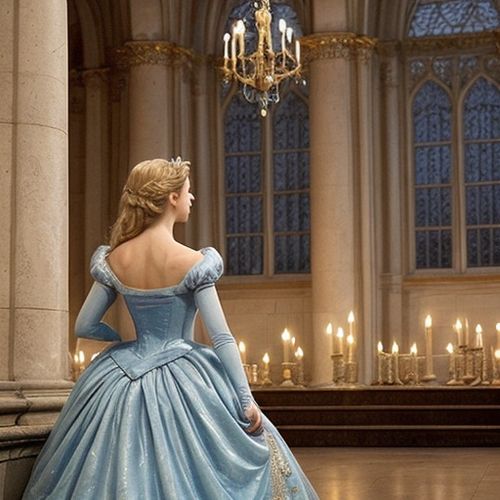
By Eric Ward/Apr 29, 2025

By Rebecca Stewart/Apr 29, 2025

By Emily Johnson/Apr 29, 2025